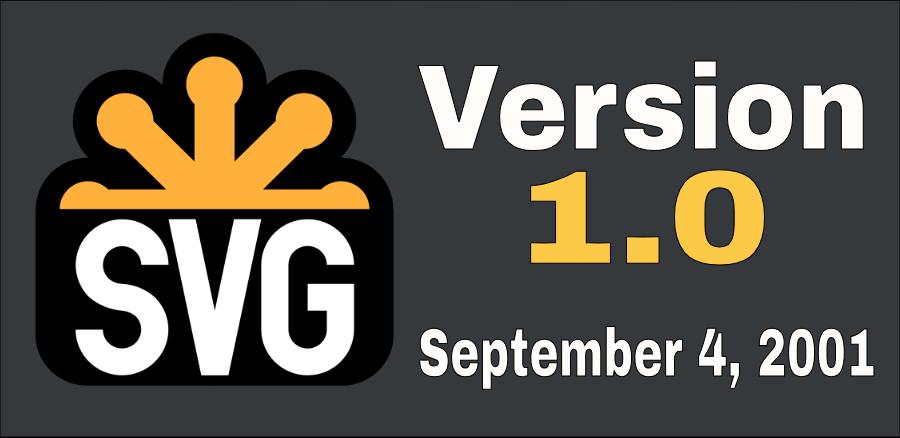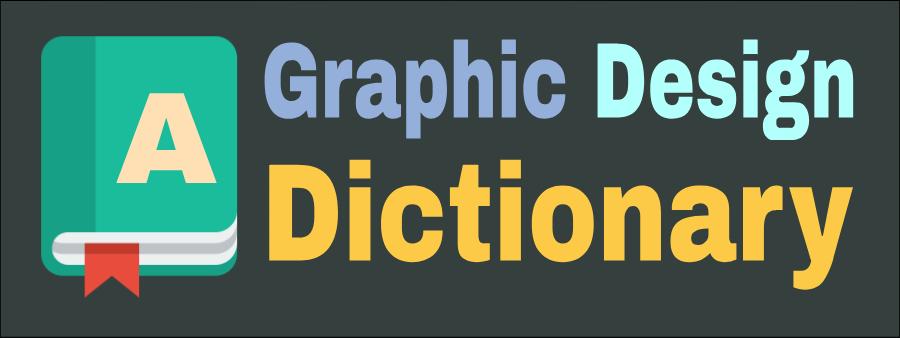Scalable Vector Graphics (SVG) 1.0

Scalable Vector Graphics (SVG) 1.0 is the initial version of the SVG specification, published by the World Wide Web Consortium (W3C) in 2001. It introduced a standard format for describing two-dimensional vector graphics on the web, allowing for the creation of scalable, resolution-independent graphics that can be rendered by browsers.
Key features of SVG 1.0 include:
- Vector-Based Graphics: SVG 1.0 is a markup language for describing vector graphics using XML syntax. It enables the creation of graphics composed of geometric shapes, paths, and text, defined by mathematical formulas, rather than fixed pixel-based images.
- Scalability: SVG 1.0 graphics are scalable, meaning they can be resized without loss of quality or pixelation. This scalability makes SVG ideal for displaying graphics across a wide range of screen sizes and resolutions.
- Basic Shape Elements: SVG 1.0 supports basic shape elements such as rectangles, circles, ellipses, lines, and polygons. These shapes can be defined, styled, and positioned within the SVG document.
- Styling and Coloring: SVG 1.0 allows the use of Cascading Style Sheets (CSS) properties to define colors, gradients, patterns, and other visual styles for elements within an SVG document. This enables the separation of style from content and provides flexibility in modifying the appearance of graphics.
- Transforms: SVG 1.0 includes support for transformations, such as translations, rotations, scaling, and skewing. These transformations can be applied to individual elements or groups of elements, allowing for complex graphical transformations.
- Text Display: SVG 1.0 provides basic text support, allowing the inclusion and styling of text within SVG graphics. Text elements can be positioned, formatted, and transformed to create visually rich typography.
- Embedding and Interactivity: SVG 1.0 can be embedded within HTML documents using the <embed> or <object> tags. It also supports interactivity through scripting languages like JavaScript, allowing for dynamic manipulation of SVG elements.
SVG 1.0 laid the foundation for subsequent versions of the SVG specification and paved the way for the widespread adoption of vector graphics on the web. While SVG 1.0 lacks some of the advanced features found in later versions, it remains an important milestone in the evolution of web-based graphics and continues to be supported by modern web browsers.
Please note that SVG 1.0 has been succeeded by newer versions such as SVG 1.1, SVG 1.2, and SVG 2.0, which introduce additional features, capabilities, and improvements to the SVG format.






